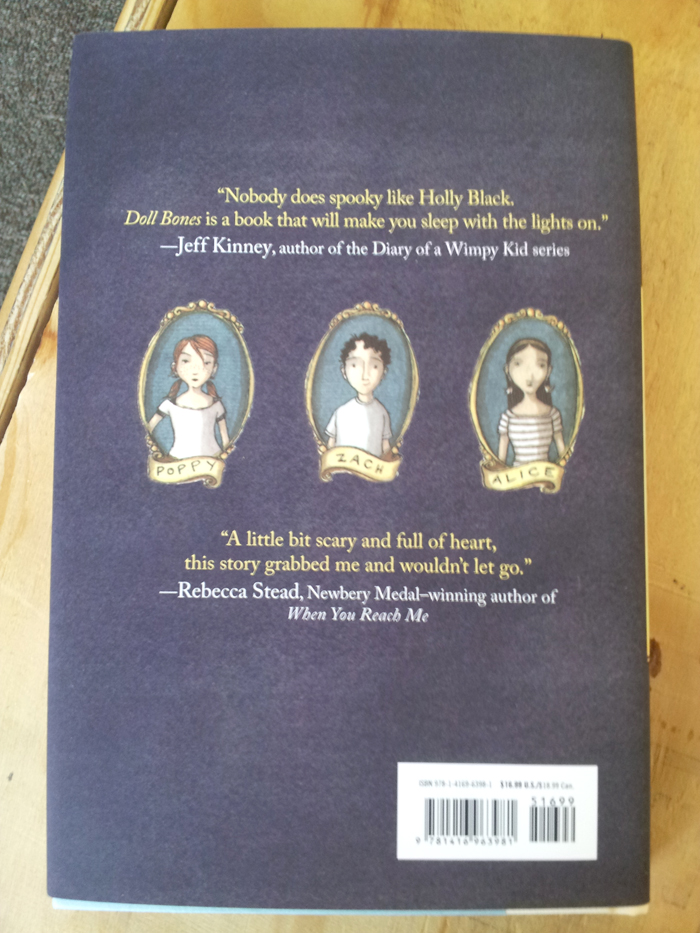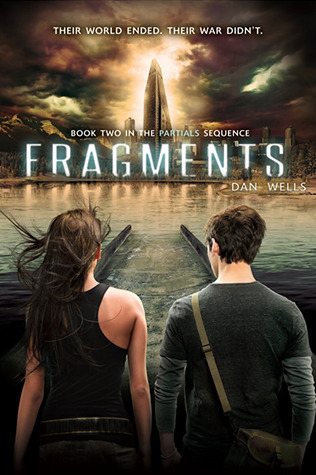That's in its ideal form. However, the practice isn't perfect, and the #solidarityisforwhitewomen hashtag is about women of color calling out their feminist "sisters" on their racial hypocrisy. Like how white feminists assume white culture is better, as in this image:
Mostly I read and RT-d, because, ya know, I'm white, so I kind of would have been missing the point otherwise. There comes a time when one should just shut up and listen.
After a while, I opened a new tab and finished my review of one of my favorite books, Partials by Dan Wells. I had to look up an image to go with the article, so I spent some time exploring the author's website...and saw something there that made me mad. I've been sitting on this blogpost for a while, waiting for a good time to write it -- and that combined with the #solidarityisforwhitewomen hashtag just clinched it.
Book covers are white-washed. I think we all know this. Especially in YA, it seems, there is an improbable number of glamorous white teens staring back at us from the front of book covers. The industry is dominated by white people, and people tend to write about people like them, so there's a racial imbalance in YA fiction.
I knew all that, and it annoyed me before. But there's something else I didn't realize until recently. When white-washing happens, it's not just about putting a lot of white protagonists on covers. It also happens when the protagonist or major character is a PoC...and the cover makes them look whiter.
While on vacation, I picked up Doll Bones by Holly Black, a MG horror novel. Here's a look at the back cover:

See that girl on the right? Alice? Alice is Filipino, described as having "bronze skin" and braided hair. Take another look at her picture.
When I got to the part where she's described in the book, I actually had a "huh?" and a double-take moment. I flipped to the back cover. I guess, if you squint and look closer, you can see that Alice's skin is slightly more tan than Poppy's and Zach's.
Still, that picture and the word "bronze" just don't match up. It would be easy to mistake her for a tan white person, which is what I did when I picked up the book for the first time.
Here's another example. Partials is a YA post-apocalyptic novel by Dan Wells. Kira, the main character, is Indian and possibly biracial, since she never knew her mom. Moreover, Partials actually puts the Indian, dark-haired, dark-skinned Kira on the book cover. Yay, right?
Compare the original to the sequel, Fragments:


The book cover for the sequel fecking white-washed her. Her skin is lighter. Also, and more obviously -- her hair isn't black, the way it's described in the book and the way it is on the first damn cover. It's a "whiter" color of brown. She's not as pale as the guy next to her, but she still looks like a white person. Which I'm assuming is what they were going for.
This time my whyyyyy??? is even more frustrated than with Doll Bones. They had no problem with accurately depicting Kira's race on the first book cover! Why change it for the sequel?
Here's a very possible, depressing explanation: Dan Wells got complaints. Maybe from readers, maybe from publishers...but perhaps someone wanted to see a whiter-looking protagonist on the front cover. Or at least, a less-dark one.
Another possible, even more depressing explanation: In the sequel, Kira is pictured with a boy. A white boy. A white love interest, in fact. CLUTCH PEARLS. Perhaps they were OK with portraying an Indian protagonist alone on the cover...but didn't want to pair her with a white boy.
I used to think the solution to the white-washing problem was for people to write more diverse casts of characters. But that was rather naive of me. The white-washing problem goes beyond that. It seems that even if a main character is not white, they will likely be white-washed on the cover anyway.
All these thoughts coalesced in my brain today and came out as this post. What do you think?

A prejudice offends us all. Even if we are not the specific victim in any given moment. Ergo, as to you disclaimer, I've always felt we all have every right to be offended be such poor treatment of anyone.
ReplyDeleteNow as to the post itself.
This is one of just many reasons why when my novel is ready I am reluctant to pitch it to the traditional publishing machine. I will have zero control over such things as cover art. While my novel had not specific racial implications, this issue does speak, as does your post, to how out of touch and ridiculous the industry is becoming with such things.
The publishing industry is of course a business. It's sole purpose is to make money, not to promote art. (Sadly.) And the frightening truth they seem to be displaying for all the world to see is that they believe a book is less likely to sell to the public at large if a minority is depicted on the cover.
Does this make it right? Not a bit. It's still wrong, just as it would be wrong to have a "white persons room" at a restaurant. (Even if that room would, sick as it may be, make more money in some areas to this day.)
In the end it is not only offensive, but lazy as well. The easiest thing to do is to whitewash covers, because they have always done it and it has always worked. They don't take the time to consider that demographics are changing, or that decent, thoughtful marketing can make a success out of a cover with a minority character on it. That requires a change in thought, and the inertia against chane in the industry is enormous.
And god forbid they should consider the possibility that with their (ever decreasing) influence, they might begin to alter the perception of YA novels as being, as it were, about young, lighter skinned people, even when they obviously are not.
I am reminded of an article I read early last year, though I have long since lost the link, about how fantasy publishers are especially guilty of this. That most fantasy is based clearly on a form of white, dark ages Europe, and most marketing, from covers to bookstore displays, features white people. Fantasy epics based on societies and people similar to African history receive little to no marketing attention, and then they do, the characters themselves are often not depicted in the artwork, in favor of the landscape and such.
Re: my "disclaimer," I still think such a note is necessary. Of course I have every right to care, but that wasn't really the point of it.
DeleteYeah, traditional publishing gives you the big-name backing...as long as you conform to their standards. I know that it can be possible for you to push for more control over how your work is represented, but with a first-time author no one would probably listen. From some stories I've heard, it seems like the atmosphere is less one of collaboration than it is one where there's an idea that writers should be grateful to have a book published. That's obviously not always the case. A guest author/teacher who I took a class with actually contributed artistic material for the cover of her book, 'Galileo's Daughter.' She worked with a small press who paid personal attention to each author, though. Other blogs I've read by authors published with small presses have seemed to be very happy with the expanded level of collaboration they get to do.
I kind of want to write to Dan Wells and ask him if he's noticed this, and how he feels about it.
As for the fantasy thing -- I think that every person should write whatever they want, but I know there HAS to be non-Western-based fantasy out there that doesn't get the attention it should b/c it's not "popular." Unfortunately, "white" is usually a synonym for "popular" and "successful," when it shouldn't be.
I just read the Girl of Fire and Thorns, and it is definitely not a white-based fantasy. The setting is made up of jungle and desert, which makes me think that none of the characters are white. It was also interesting to not have the typical Europe in the dark ages sort of setting.
DeleteBut then I was looking it up because I wanted to see more of what the author had to say, and I found a cover that had the MC Elisa (who is clearly described as dark-skinned) as a white girl! It is beyond frustrating. I hate when book covers misrepresent the book inside no matter what, but especially with the characters.
I keep hearing good things about that book. I avoided picking it up because I was kind of "meh" about the title, but I'll have to check it out sometime. And seriously, what the actual HELL.
DeleteI was reading something by a cover artist about how book covers are made. I was surprised to read that most of the time, the cover artist never actually reads the book. They get a synopsis and some design ideas. Some -- SOME -- of that might explain why book covers misrepresent characters, but there's no way it explains all of it.
Yeah I think I read that post... I guess it makes sense that they don't read the entire book, but it's still sad. One of the things that bug me about book covers, even if they're amazingly beautifully designed, is if they have absolutely nothing to do with the story inside. They should represent the book in some way!
DeleteAgreed! Like it or not, I DO judge a book by its cover. 2nd by its title. If it has an uninteresting or cheesy title or cover, I am extremely unlikely to pick up and read the flap or back cover. Or, online, I'm much less likely to click on the cover which directs me to a synopsis. Or if I'm already on that page, I won't scroll down to read a review.
Delete